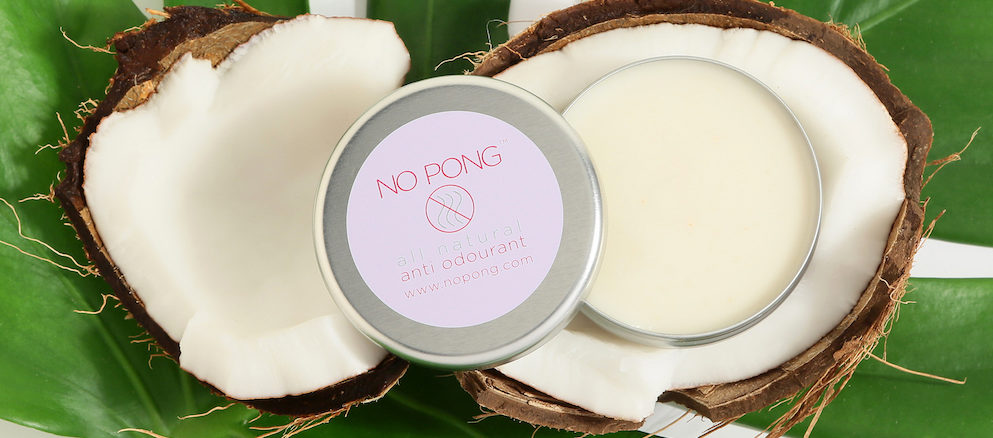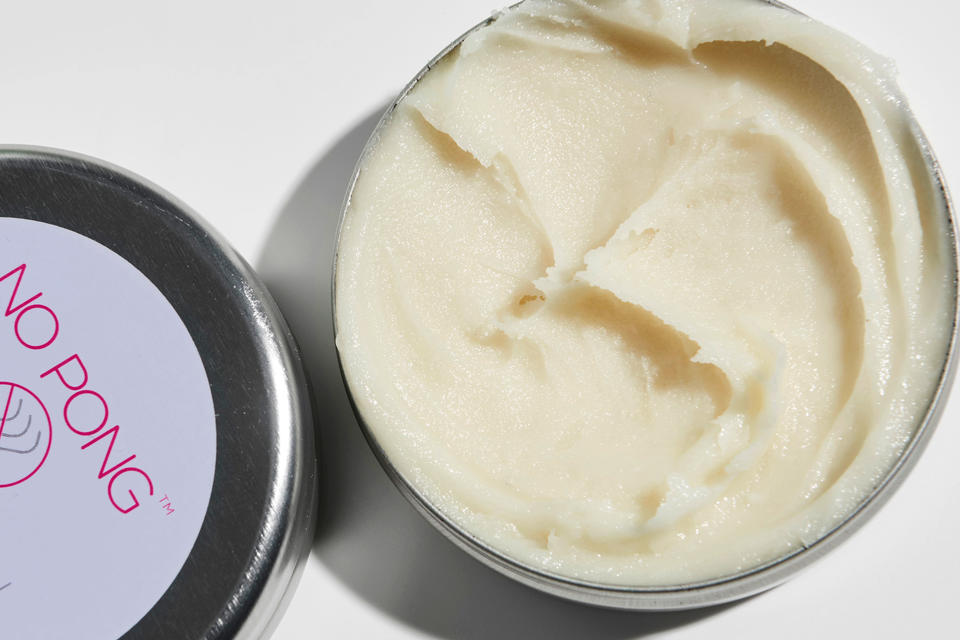
Midwife and Co-founder of Australia’s fastest-growing anti-odourant, Melanie McVean has long-observed the odd behaviour and double-standards surrounding personal hygiene.
“We insist on keeping our hands as far as possible from our underarms. We poke at them with plastic sticks, spray them with aerosols – you’d think our pits were pests,” she said.
“But they’re not pests; they’re a part of our body.”
The armpit’s combination of odd odours, sweat, and for some of us an excess of hair, exist together begging the question – how eager are you to touch a hairy, stinky, wet anything?
Despite the lacklustre enthusiasm associated with our armpits, Melanie and the team at No Pong want to encourage Aussies to touch their pits, not only to apply No Pong, but for a host of other, surprisingly fascinating reasons.
Lymph Nodes:
Your armpit plays home to a large population of lymph nodes, which are a part of the body’s immune system. These tiny tissue lumps play an important role in the human body, filtering harmful substances like bacteria and cancer cells from your body, while fighting infections.
“Lymph nodes play such an important role for our body and are stimulated by touch. By touching or massaging our armpits, we help to promote healthy functioning of your lymph system by directly stimulating and relaxing your muscles. This helps the lymph nodes do their job, flushing out metabolic wastes and distributing nutrients to the body,” Melanie said.
Reason 1: Breast Cancer Warning:
Armpit lumps are not uncommon. In fact, there are a whole host of reasons lumps might come up under the armpit. Anything from abnormal tissue growth, viral infections, allergic reactions, fungal infections, fatty growths, and even cysts. While most of these are harmless, some lumps are a little more sinister, with diseases including breast cancer, lymphoma, leukaemia and lupus all causes of armpit lumps.1
“At No Pong, we believe it’s important to stay in touch with your body,” Melanie said.
“We’ve had a couple of customers get in touch over the years to let us know that because of the way No Pong is applied, they found lumps in their armpits. Fortunately, they were able to speak to their doctors about what these lumps could be. Of the two customers that told us their stories, one advised the lump turned out to be benign, while the second required treatment, but thanks to touching their armpits, the lump was detected early.”
Reason 2: To stop “sweat” stains:
Most of us will at some time in our lives have experienced the embarrassment of a “sweat” stain on a shirt, right there under our arms. If you are a sweaty person, you’ve been exercising vigorously, or it’s a hot day, there is a good chance your pits are sweating.
However, using No Pong, and touching your pits may help you manage the likelihood of staining. The “sweat” stains are not always completely attributed to sweat only but can result from an interaction between sweat and common chemicals used in antiperspirant deodorants, like aluminium.
“When sweat meets aluminium, which is a common, potentially harmful chemical used in many antiperspirant products, it can result in staining. The stains are often yellow-ish in colour, and hard to get rid of. Sweat itself is clear,” Melanie said.
Reason 3: And, to stop the pong:
“A common misconception around sweat is that it smells. All sweat is odourless,” said Melanie.
Armpit smell, or “pong” comes from bacteria feeding on sweat.
“No Pong uses all natural ingredients, that are extremely effective at reducing smelly armpit bacteria, along with rich coconut oil and beeswax to keep it there all day, as well as ingredients designed to absorb sweat while allowing your skin to breathe, rather than simply blocking pores using aluminium salts, as traditional antiperspirant products are designed to do.”
Go to nopong.com.au today to find out more about why you should touch your armpits as often as you can.

SheSociety is a site for the women of Australia to share our stories, our experiences, shared learnings and opportunities to connect.

Leave a Reply